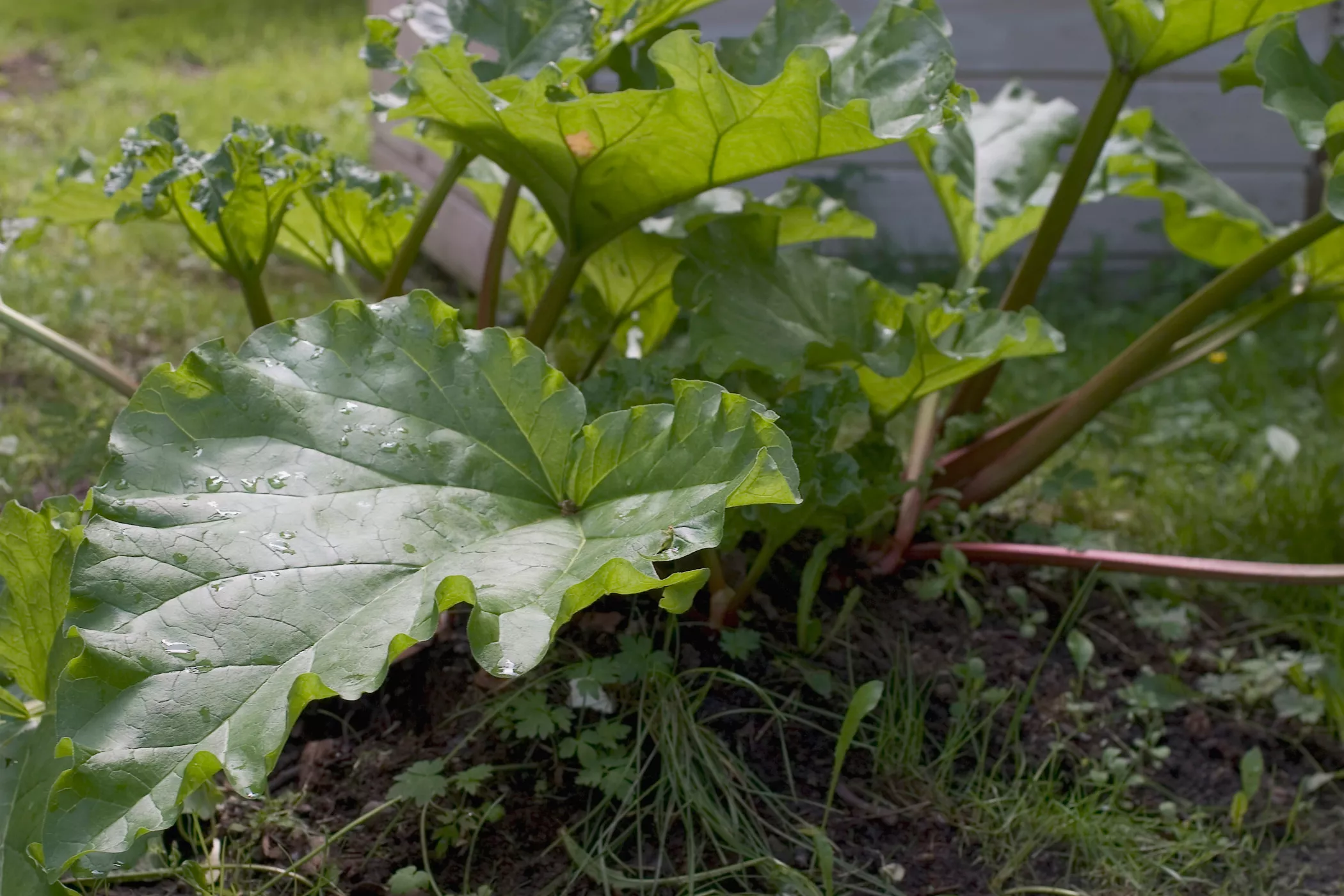
Rhubarb can be grown almost all over the country, all the way to the Arctic Circle. With these instructions you will succeed!
Rhubarb (Rheum rhubarb) started the world conquest from China, from where it is thought to have come to Europe via Russia. There it first became common as a crop of the French, Belgians and Dutch.
In Finland, rhubarb has been grown for more than a hundred years, and it has become a basic plant in utility gardens. The plant is perennial like a perennial, i.e. the root system overwinters and the foliage withers.
The fastest way to grow rhubarb is from a seedling
Rhubarb is planted from a seedling or division in spring or autumn. The seedling is planted at the same depth as it has grown in the pot. The bud of the split seedling comes to the surface of the soil.
One rhubarb needs about a square meter of space.
The patient can grow rhubarb from seed. Development into a plantable seedling may take two or three years. Sow the seeds in the growing platform and transfer the grown seedlings to their growing places.
Growing rhubarb requires light, water and nutrients
Rhubarb thrives in sun to partial shade. The suitable soil pH is 5.6–7, i.e. slightly acidic.
The soil in the growing area should be humus and hold enough moisture so that it does not dry out too much, leaving the crop stunted.
Spreading compost mulch in the spring and spring fertilizer every year or two ensures a sufficient supply of nutrients. In dry summers, rhubarb should be watered.
The leaves are not edible
Rhubarb is eaten with the juicy stalks of the leaves, which are especially delicious when young, as a spring treat for the sweetness of kirpaka. The taste is due to oxalic and malic acid, which make the taste sour.
Rhubarb leaves are inedible. Leaves can be beneficially used as ground cover or on top of compost to protect them from drying out.
The leaves are traditional self-cast concrete slab molds.
Rhubarb is harvested by pulling the stem
When rhubarb begins to produce harvest-sized leaf roots, they are harvested by pulling the stems. This is so that rotting stumps of canes are not left on the plant.
In spring, rhubarb emerges already in April-May. If a light-proof container is placed on top of a newly emerging seedling, the crop will be pale red and especially tender.
Rhubarb stalks are best kept cool and moist, such as in a plastic bag in the refrigerator. At most, the stalks last 2–3 weeks, and a little wilting does not spoil the taste.
Rhubarb rhizomeis sharing
You can get a harvest from very old rhubarbs, but if you really want a lot of harvest, you should divide the rhizomes every 10 years.
When dividing, the rhizome is lifted from the ground and divided into 2–3 parts, which are planted in their growing places.
Removing the blooms in summer ensures that the harvest season lasts a long time. The seeds of the inflorescences do not spread as weeds, so the harm of the flowers is limited to taking the strength from the rhizome.
In general, rhubarb is a healthy and uncomplicated crop. It has been found to have viral, bacterial and fungal diseases. If the plant gets sick and stunts, it should be lifted up and destroyed.
Growing rhubarb in a pot
Choose a 20-liter container and make holes in the bottom to drain excess water.
Fill the container with regular garden soil, and plant a cutting or purchased seedling in it.
Water the soil so that the soil never completely dries out. Fertilize in spring with chicken droppings spread on the surface of the soil.
Take the container to the basement for the winter or bury it in the ground. In a very large container, rhubarb can overwinter in the garden, at least in southern Finland.
Source: kotiliesi.fi


